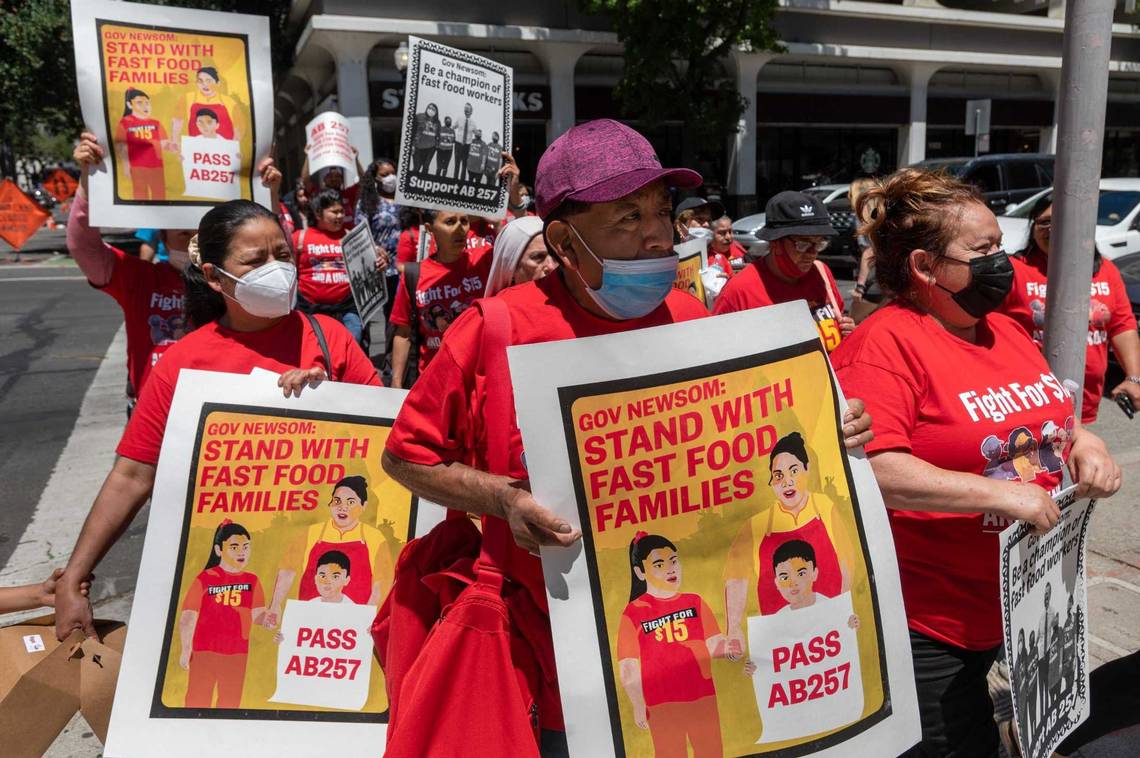The Wage Hike Impact: A Shift in Labor Dynamics

$20 Per Hour Rise of Minimum Wages in California Boost Set to Spark Wage Boom Across Industries! (PHOTO: Sacramento Bee)
Preparing for Change: Industries Brace for Ripple Effects
According to Business Insider, in a bold move to address income inequality California has raised the minimum wage for fast-food workers to $20 an hour, a significant increase from the state’s general minimum wages in California of $16. The legislation known as AB 1228, applies to limited-service restaurant chains with at least 60 locations nationwide covering a wide range of establishments from burger joints to coffee shops. With the new law set to take effect on April 1, businesses across various industries are bracing for the ripple effects as they compete for labor in the increasingly tight job market.
READ ALSO: Exclusive Beverly Hills Faces Affordable Housing Crisis: Moratorium Halts Luxury Construction Amid Tensions And Upcoming Election
Navigating the Labor Market Shift: Impact on Employee Attraction and Retention
The minimum wages in California hike are expected to make the fast-food industry more attractive to workers potentially prompting other employers to follow suit to retain and attract talent. Analysts predict broader inflationary ramifications as businesses adjust their pay scales to remain competitive. While some full-service restaurants have remained silent on the matter concerns linger about the potential impact on their own payrolls and menu prices, especially as limited-service restaurants prepare to raise prices to offset the higher minimum wages in California. Despite the minimum wages in California increase, questions remain about whether employees at dine-in restaurants will be enticed to switch to fast-food jobs. Analysts suggest that while back-of-house workers may see the minimum wages in California increases servers at full-service restaurants who often earn well above $20 an hour with tips included may not be easily swayed. Nonetheless, the legislation is poised to reshape the landscape of California’s hospitality industry with businesses strategizing to navigate the evolving labor market dynamics and consumer expectations.
READ ALSO: Financial Aid For Havre Farmworkers: USDA Initiates Reimbursement For Pandemic Costs

















































